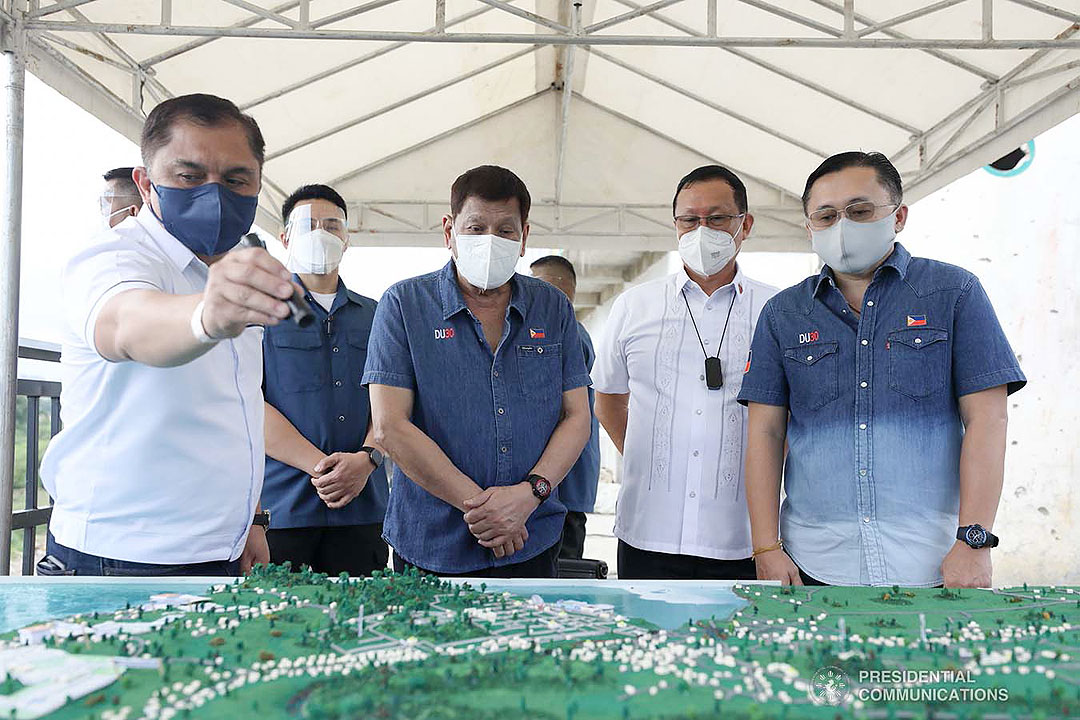Marawi land dispute body facing almost 800 cases for settlement

THE PANEL created to help address land contentions in parts of Marawi City that were most devastated by the 2017 siege has received almost 800 cases, which it aims to settle out of court before May 31 next year.
Minalang Barapantao, project operations manager of the Land Dispute Resolution Committee that was formally convened only in June this year, said these 796 cases mainly involve properties in four barangays within a reclamation area that the government asserts is public land.
“We have forwarded the complaints to the city mayor’s office through the assessor’s office so that appropriate actions can be taken,” he said in a mix of English and Filipino during the Oct. 14 Alerto Bangsamoro radio program co-hosted by International Alert Philippines.
The disputes within the so-called Marawi “ground zero” involve multiple party claimants, and between government and private parties.
He said the goal is to settle the cases outside the judicial system for faster resolution and avoid legal costs.
“We will try our best to resolve the cases amicably between the two parties. But if they cannot agree, then that will be the time we push it to the court,” said Mr. Barapantao, who is also chief of staff at the Bangsamoro Ministry of Human Settlements and Development.
In July this year, a lawyer who works as a prosecutor at the Justice department accused the government of land grabbing, citing that their family properties in Marawi’s central area were among some 11,000 designated for the construction of public infrastructure.
Lawyer Ibrahim M. Mimbalawag said the problem was partly due to lack of consultation and communication by Task Force Bangon Marawi, which is overseeing the war-torn city’s rehabilitation.
Local extremist groups with Islamic State ties took siege of Marawi on May 23, 2017 after authorities tried to arrest Isnilon Hapilon, leader of the kidnap-for-ransom gang Abu Sayyaf. President Rodrigo R. Duterte said in a forum in September that year that the attempted arrest was also related to illegal drug operations.
The siege prompted a five-month heavy gun battle between state forces and combined terrorist groups that left central parts of the city in ruins. Mr. Duterte declared the “liberation” of Marawi on Oct. 17.
During Saturday’s commemoration of the 4th liberation day anniversary, Mr. Duterte commended Task Force Bangon Marawi for its accomplishments on rebuilding public infrastructure and housing sites for displaced residents who will be permanently relocated.
“Let me take this opportunity to reassure the people of Marawi that the government is doing its best to expedite the completion of rehabilitation projects at the soonest possible time… And we will continue to foster cooperation among concerned stakeholders so that Marawi will be able to build back better and stronger,” he said.
About 360,000 residents of Marawi and neighboring towns were displaced by the conflict, according to the United Nations Office for the Coordination of Humanitarian Affairs.
Some of the affected residents have been pushing for the passage of a compensation law, which will indemnify owners who have to rebuild their destroyed homes and other properties.
The President also said the government is continuously “fighting terrorism, violent extremism, and other lawless elements” to ensure that there will be no repeat of a clash in the scale of Marawi.
“I pray to God that it will never happen ever, ever again.” — Marifi S. Jara



